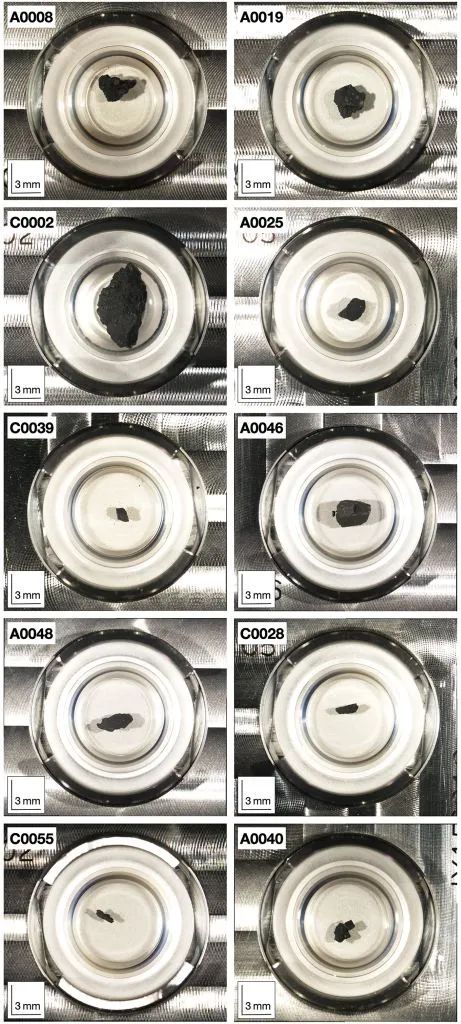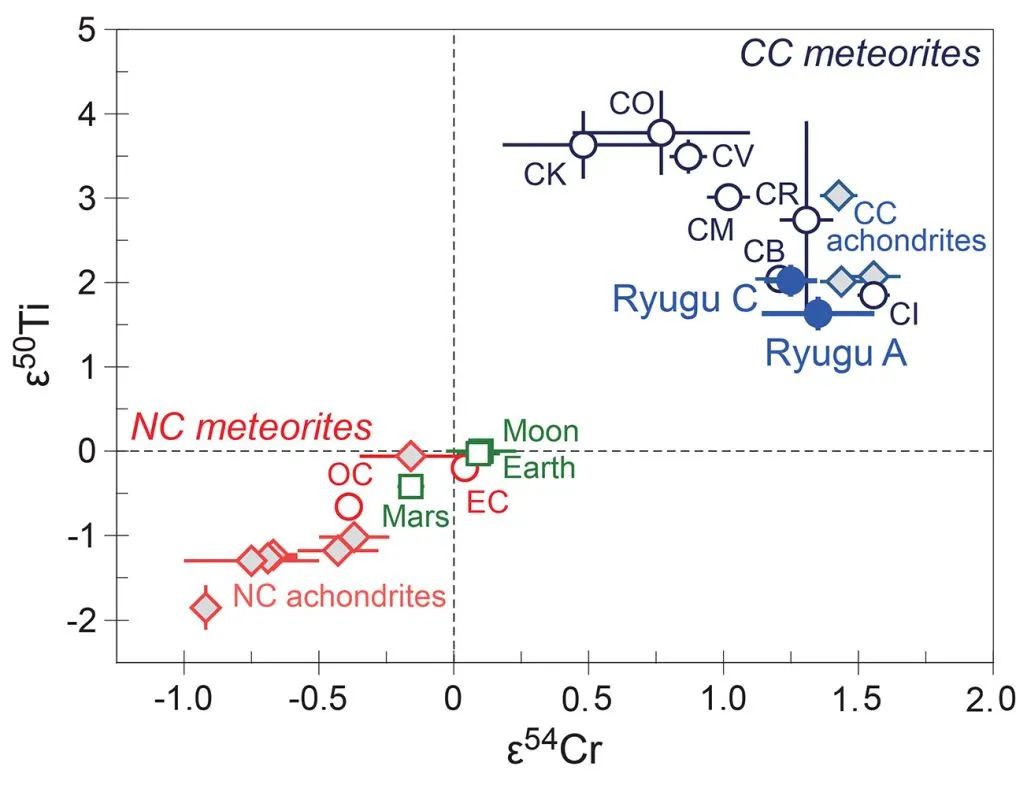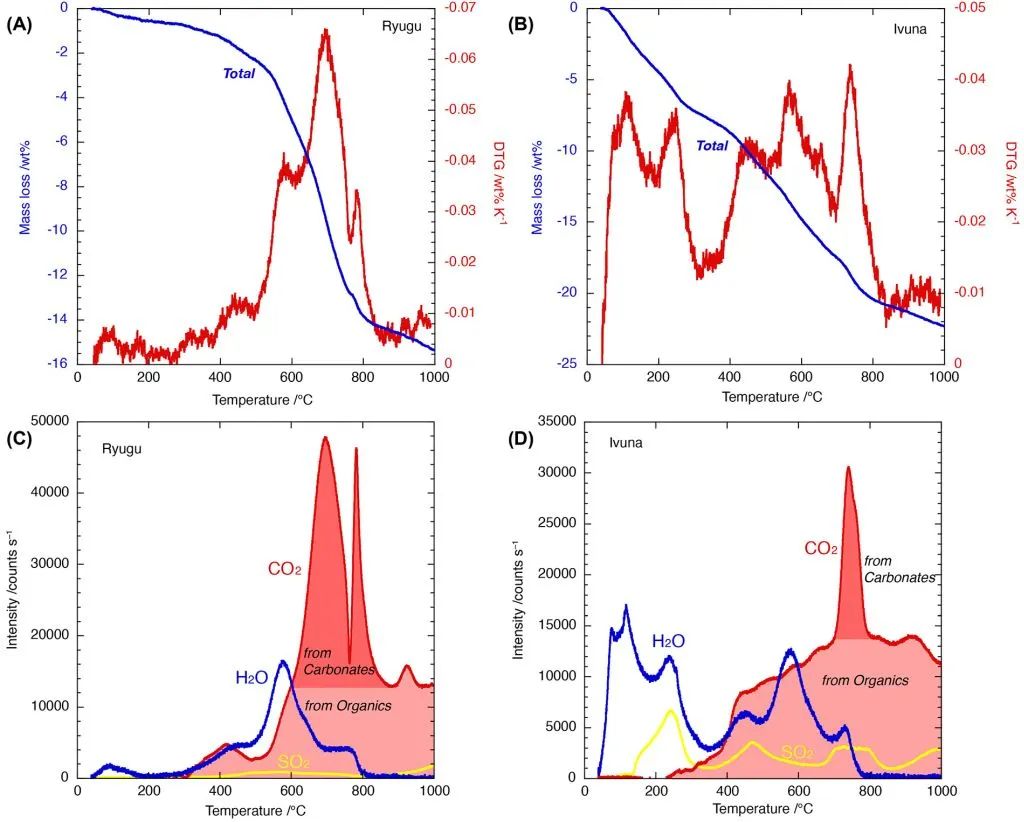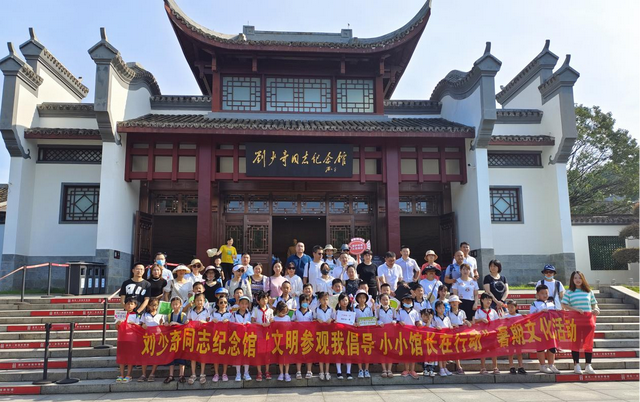Science: Dragon Palace asteroid is a CI carbon gallery meteorite
Author:Institute of Geological Earth Time:2022.07.12


At the forefront of macro research, all our ultimate problems can be summarized as "one black, two dark and three origin". "One black" is the black hole; "two dark" is dark matter and dark energy; "three origin" refers to the origin of the universe, the origin of life, and the origin of consciousness. As asteroid, as the "fossil" of the formation and evolution of the solar system, is an important window to reveal the origin of the solar system. Among millions of small asteroids, there are a type of C -type planets (Parent Bodies of Carbonaceous Chondrites). They are rich in carbon and water volatile points, as well as organic substances such as amino acids. Material. Therefore, asteroid detection helps to answer two of the ultimate questions: the origin and origin of life. Asteroid detection has gradually become one of the three major sections of international deep -space detection (moon, Mars, and asteroids).
In 2006, Hayabusa 1 (No. 1) successfully returned to 25413 ITOKAWA asteroid samples, creating a new model of low -cost and high -produced small asteroid detection, and provided a reference model for the growing demand for vangel detection in the future. Since then, the United States and Japan have launched the samples of Osiris-REX and Hayabusa2 asteroids and returned to the mission, and in 2016 and 2014, the detectors will be launched. The core scientific goals of the second detection task are to explore the origin of life. In December 2020, the Hayabusa 2 detection task has successfully returned Ryugu asteroids back to Earth (Figure 1), and carried out detailed rock causes and age academic analysis. Recently, it was published on the top international academic journal Science (Yokoyama et al. , 2022), for the first time, the RYUGU asteroid is the CI carbon ball meteorite (the average ingredient sample of the solar system).

Figure 1 Ryugu asteroid back to the sample's microscope photo (TACHIBANA et al., 2022). A0008, A0009, A0046, A0048, A0069 and A0083 come from sampling points 1 (TD1). C0002, C0004, C0013, C0019, C0028, and C0055 come from sampling point 2 (TD2)
The detailed research results show that the RYUGU sample is mainly composed of laminar silicate, magnetic yellow iron ore, white cloud stone, and magnetite (Figure 2), which has a very similar rock structure similar to CI carbon gallery meteorites. After the ingredients of Ryugu sample all rocks, there is no obvious enrichment and loss characteristics after the ci is normalized. The absolute value is between 1 ± 1 and is equivalent to the CI carbon gallery meteorite (Figure 3). The Ryugu sample is composed of titanium and chromium isotope of typical carbon gallery meteorites, which falls in the range of CB and CI carbon gallery meteorites (Figure 4). The oxygen isotope composition of the Ryugu sample completely falls on the moon fractional line. Individual analysis results show that there is a non -quality fractional distillation. The overall trend and distribution range are comparable to the Ivuna CI carbon gallery meteorite (Figure 5). According to the age analysis of carbonate's 53mn-53Cr extinction nucleo system, carbonate in Ryugu samples is about 3.1-6.8 mA (Figure 6) than CAI (rich calcium-rich aluminum bag). The analysis of the heating at the stage shows that the total quality of the RYUGU sample is 15.38 WT%with the increase in temperature, which is 30%lower than the IVUNA CI carbon gallery meteorite, mainly water and carbon dioxide, and may have some sulfur dioxide (Figure 7). According to the correlation with the temperature, the carbon dioxide in the RYUGU sample mainly comes from carbonate and organic matter. The organic matter contribution is relatively lower than that of the IVUNA sample. The water in the Ryugu sample mainly exists in layers of silicate, compared with the water in Ivuna, there may be contributions to the decomposition of aquatic sulfate.

Figure 2 Yokoyama et al., 2022 of Ryugu sample. (A) A0058-C1001 Granules' back scattering electronic images; (B) A0058-C1001 granular element distribution image, R = CA KA, G = Fe KA, B = S KA. Red granules are white clouds, green particles are magnet ore, light blue short columnar particles are magnetic pyroneite, and the matrix is mainly layered silicate; Vote the picture; (D) the back scattering electronic image of the C0002-C1001 particles, the corner gravel rock structure

Figure 3 Ryugu returns the full rock chemical composition of the sample (ci carbon ball grain meteorite) (Yokoyama et al., 2022)

Figure 4 Ryugu returns the comparison chart of the titanium and chromium isotope of the sample (Yokoyama et al., 2022). CC Meteorites: Carbon Gravatus, NC Meteorites: Non -Carbon Balls

Figure 5 Ryugu returns samples, Ivuna, and ORGueil's triawoxicophage (Yokoyama et al., 2022)

Figure 6 Ryugu returns the MN-CR extinction of the sample (TACHIBANA et al., 2022) Figure 7 Ryugu returns the heating quality of the heating quality and the temperature of the heating quality at the phase of the sample (A) and the Ivuna (b) stage, and the possible contribution Source (C, Ryugu) and (D, Ivuna) (YOKOYAMA et al., 2022)

Based on the results of these rock science, minerals, isotopes, and age studies, the results of the Yokoyama et al. (2022) believe that Ryugu returns the sample as a CI carbon ball meteorite, which is more primitive than the existing samples of the same type.
Summary: Asteroid detection, compared with the moon and Mars, one is large, the other is the clear goal of scientific goals, and the third is the outlet of planet defense and resource utilization. According to the existing detection tasks, it has created a detection example for the continuous development of small asteroid detection for subsequent technical and cost. It has important reference and reference value for the detection of small planets and other small celestial bodies in my country.
main reference
Tachibana S, Sawada H, Okazaki R, et al. Pebbles and sand on asteroid (162173) Ryugu: in situ observation and particles returned to Earth[J]. Science, 2022, 375(6584): 1011-1016.
YOKOYAMA T, Nagashima K, Nakai I, Et Al. Samples Returnet from the Asteroid Ryugu Are Simila-Type Carbonaceous Meteorites [J]. Science, 2022: EABN7850.
Beauty editor: Fu Shixu

School pair: Wanpeng
- END -
Interview with Peng Jiaxue, Secretary of the Ningbo Municipal Party Committee: Accelerate the construction of a modern coastal metropolis strive to go at the forefront of the "two advances"

Zhejiang News Client reporter Xie Yan He Yuankai
"Visit the civilization I advocate the little manager in the action" summer practical activity is held in our library

The museum assumes important social education functions, and the role of youth edu...